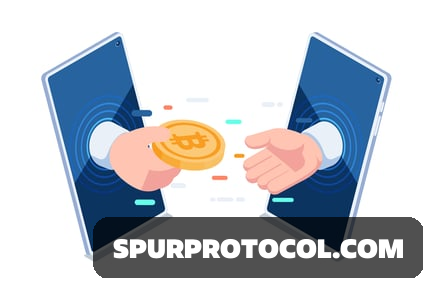HOW TO SEND CRYPTOCURRENCY TOKENS
Fortunately, just like sending selfies, sending crypto is a pretty simple process.
Go Back
🕒 10:15 PM
📅 Apr 11, 2025
✍️ By Junglekidd
Fortunately, just like sending selfies, sending crypto is a pretty simple process.
Go Back
🕒 10:15 PM
📅 Apr 11, 2025
✍️ By Junglekidd
In order to send or receive crypto, you need a wallet.
The exact process of sending crypto tokes will depend on the type of Cryptocurrency wallet that one is using. But the main thing you'll need is the address of the recipient.
Similar to email address, the wallet address specifies the location to which crypto tokens van be sent.
As earlier learnt, a wallet address is an alphanumeric string, a string of letters and numbers.
To send crypto tokens, you enter the recipient's address by simply copy-and-pasting it in the needed area in the wallet app.
In a situation where you're using a mobile walletor app, and the recipient is physically infront of you, just ask for their QR code and scan. This is just a representation of the wallet address.
Once you have entered the recipient's wallet address, put amount to be sent, and make sure you're using the correct currency. Like, do not type 100 BTC when you meant to send 100 USDT.
After that, click send and you'll have created the transaction.
After creating the transaction, the wallet software will ask you to confirm the transaction and/or ask for your password.
Clicking "confirm" or entering your password is what allows your wallet to use your private key to sign the transaction.
Once signed, your wallet will broadcast the transaction, along with this digital signature to the crypto token network.
In order to broadcast a transaction, your wallet will need access to the respective Crypto token network. A wallet is not a node, but an interface for interacting with a node.
So, your wallet uses the internet to connect to crypto token node and sends your transaction to it. Once the node validates your transaction, it will then broadcast the transaction to other nodes.
Once the transaction is sent, it will appear as "pending."
Your wallet will confirm to you when your transaction is confirmed.
All crypto transactions must pay a fee to be included in the blockchain. This fee is known as "network fee" or "transaction fee".
Network fees are fees paid to the miners for processing crypto transactions.
Transactions with higher fees atta hed to them are prioritized by miners, so transactions with higher network fees are more likely to be included in the next batch or block of transactions that are added to the crypto blockchain.
If you would like to know the status of your transaction, you can use something called "Block Explorer ". This is an online tool for exploring the blockchain of a cryptocurrency, where you can watch and follow. All crypto transactions are happening on its blockchain.
Most wallets will actually include a link to Blockchain explorer in your transactions history. If you click on the transaction link, you'll be able to see your transactions status on the blockchain.